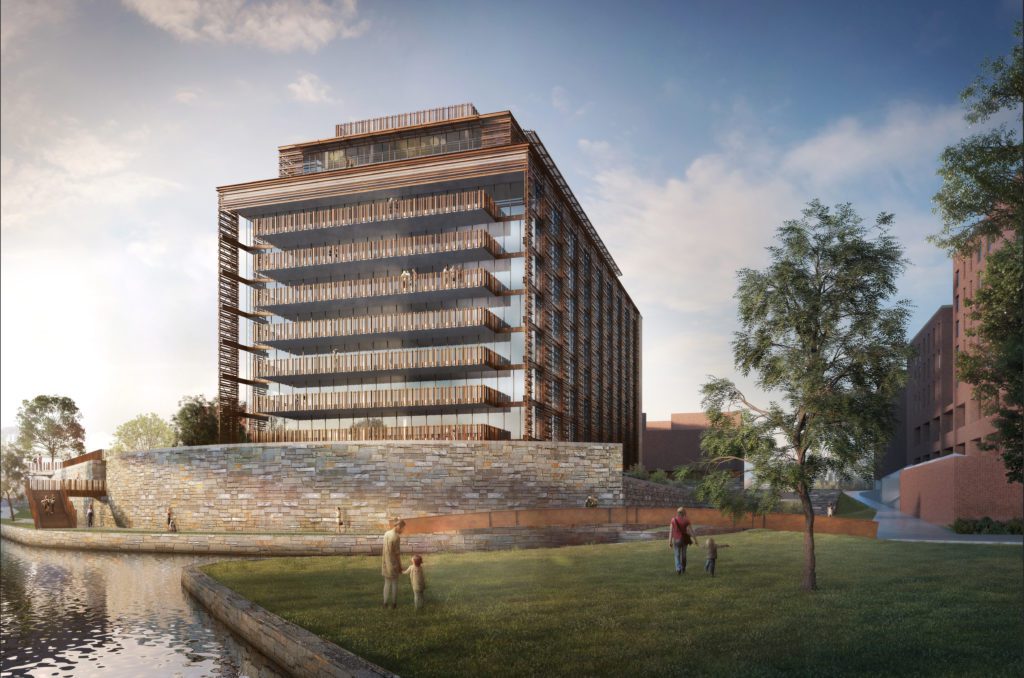The West Heating Plant: It’s Time
By • October 25, 2017 0 672

By Lisa Palmer
As the ANC Commissioner representing residents where the West Heating Plant is located, I have worked with Georgetown residents, city officials and developers to finalize a plan for revitalizing what is currently an eyesore and financial loser for the city and the community – the West Heating Plant. If the strong preferences of the vast majority of community residents are respected, this portion of 29th Street will soon be set on a path for development that respects the building’s history, culture and architectural values while embracing the needs of the future.
The Roosevelt administration built the West Heating Plant during the 1940s to supply steam to a rapidly growing city. An often-overlooked fact is the building was intentionally placed in the midst of an African American community. Then, as now, communities were reluctant to have a coal-burning industrial plant in their midst. The neighboring residents had little say in the matter.
From 1948 until it was closed in 2000, the plant produced steam heat for government buildings. Since then, the site has been dormant and essentially abandoned. A lovingly cared for community exists on the west side of the block, but across the street is an abandoned hulk of a building with overgrown foliage and a foreboding presence.
Residents expressing dismay at the delay in the site’s redevelopment engage me constantly. They ask why a building all but abandoned by the Federal Government still sits in its deteriorating state. They ask why the local community’s vision for the future of this block still receives little weight. It’s time to turn this site into a beautiful, tax-generating residential development that will bring the community pride and an enhanced quality of life.
Fortunately, we have a design that balances respect for the building’s history with an exciting and energizing nod to the future. David Adjaye, the acclaimed architect for the Smithsonian’s National Museum of African American History and Culture is spearheading the redesign of the West Heating Plant building. His latest plan is sensitive, inspiring and elegant and was unanimously embraced by the U.S. Commission of Fine Arts. Adjaye carefully preserves the essence of the building, but also imagines a structure that brings energy and vibrancy to our community. Consistent with the community’s strong desire, David’s plan has a low traffic impact and incorporates a stunning new public park, connecting Rock Creek Park to the Georgetown Waterfront.
The neighborhood support for this project is overwhelming. The concerns of the detractors, many of whom neither live nor work in Georgetown, have largely been considered and addressed. It is time to honor the community’s wishes
and transform a neglected block into a beautiful building and a timeless gateway to our federally mandated historic neighborhood.

